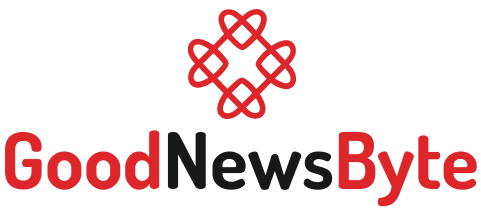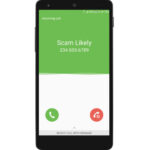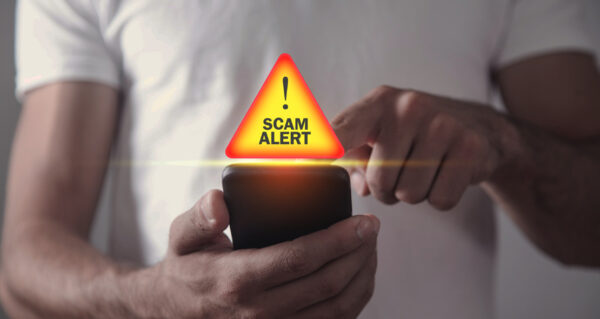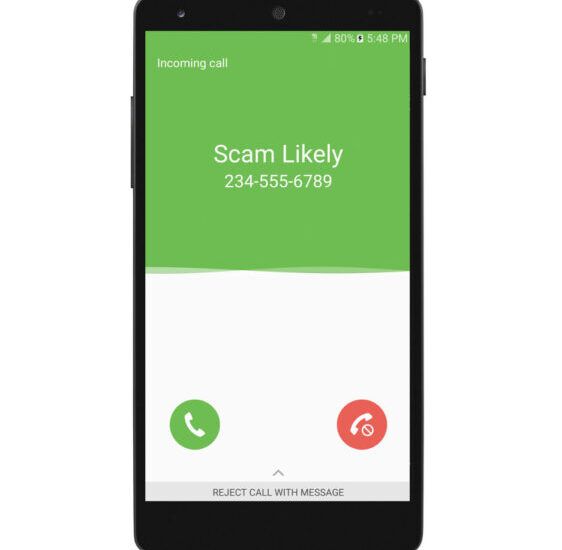Scam Alert : us9514901185421 , us9514 , 9011 , 85421 , Scam Alert, tracking number us9514901185421 , tracking number
Introduction
US9514901185421 : scams and fraudulent activities have become all too common. The US9514901185421 scam is one such deceptive scheme that has been preying on unsuspecting individuals. aims to shed light on the US9514901185421 scam, providing valuable insights into its modus operandi and, more importantly, offering tips on how to protect yourself from falling victim to such scams.
Understanding the US9514901185421 Scam
The US9514901185421 scam is a type of online fraud that typically begins with a message or email notification. The message claims that the recipient is entitled to a substantial sum of money, often reaching into the millions. To claim this windfall, the recipient is instructed to follow a series of steps, which may include providing personal information, banking details, or even paying an upfront fee.
Read more : https://goodnewsbyte.com/us9514961195221/
The Anatomy of the Scam
- Unsolicited Communication: The scam usually begins with an unsolicited message, email, or even a phone call from someone posing as a representative of a legitimate organization or a wealthy individual.
- False Promises: The scammer lures the victim with promises of immense wealth, often using persuasive language and flashy visuals to create an illusion of credibility.
- Information Gathering: To proceed, the victim is asked to provide sensitive personal information, such as their name, address, social security number, and bank account details.
- Advanced Fee Request: The scam typically culminates in the scammer demanding an advance fee to release the supposed funds. This fee can range from hundreds to thousands of dollars.
Protecting Yourself from the US9514901185421 Scam
- Stay Skeptical: Be cautious of unsolicited messages, especially those promising large sums of money. Remember that if something sounds too good to be true, it probably is.
- Verify the Source: If you receive such a message, verify the sender’s authenticity by independently researching the organization or individual they claim to represent. US9514901185421 Contact the organization directly using official contact information.
- Protect Personal Information: Never share sensitive personal information, such as your social security number or bank account details, with unknown or unverified sources.
- Avoid Upfront Payments: Legitimate organizations do not ask for advance fees to release funds. If asked for money upfront, it’s a red flag.
- Use Strong Security Measures: Ensure your computer and email accounts are protected with strong passwords and up-to-date antivirus software to safeguard against phishing attempts.
- Educate Yourself: Stay informed about common online scams and their tactics. The more you know, the better equipped you are to recognize and avoid potential threats.
Conclusion
The US9514901185421 scam is just one of the many online frauds that seek to exploit unsuspecting victims. By understanding its modus operandi and following the protective measures outlinedyou can shield yourself from falling prey to such scams. Always remember that your online safety is paramount, and skepticism is your best defense in the ever-evolving landscape of digital deception. Stay vigilant, stay informed, and stay safe online.
FAQ
- What is “us9514901185421,” and why should I be concerned? ” A . us9514901185421″ seems like an arbitrary alphanumeric code, and its context is unclear. In the realm of online scams, scammers may use such codes to trick individuals into revealing personal information or taking harmful actions. Always exercise caution when encountering unfamiliar codes or messages online.
- How can I identify online scams? A . Online scams can take various forms, such as phishing emails, fake websites, fraudulent investment schemes, and more. Common signs of scams include unsolicited requests for personal or financial information, promises of unrealistically high returns, and urgent or threatening language. Be skeptical of any unsolicited communication and verify the sender’s authenticity.
- What should I do if I receive a suspicious message or encounter an unknown code? A . If you receive a message that you suspect is a scam or come across an unfamiliar code, do not click on any links or provide personal information. Instead, delete the message or close the webpage. Report the incident to the appropriate authorities, such as your email service provider, social media platform, or local law enforcement.
- How can I protect myself from online scams? A . To protect yourself from online scams, follow these guidelines:
- Be cautious with unsolicited messages or emails.
- Verify the legitimacy of websites and organizations.
- Keep your computer and antivirus software up to date.
- Use strong, unique passwords for online accounts.
- Educate yourself about common scam tactics and warning signs.
-
What should I do if I’ve fallen victim to an online scam? A , If you believe you’ve been scammed, take the following steps:
- Change your passwords for affected accounts.
- Contact your bank or credit card company to report unauthorized charges.
- Report the scam to your local law enforcement and the relevant online platform.
- Consider freezing your credit to prevent further fraud.
- Stay vigilant for potential identity theft and monitor your financial statements closely.














